
Central in the life of almost every Japanese school is kyuushoku (給食), or school lunch. In a country that takes its food culture extremely seriously, it follows that even the humble school lunch be given a great deal of attention. Nutritionists are employed by local authorities to design menus and teach children about healthy eating habits; towns such as Yosano have a centre where fresh meals are prepared every day according to strict nutritional standards. A typical lunch consists of meat or fish, salad, soup, rice and milk; each meal costs around ¥300. Somewhat anathema to those raised in pro-choice Western cultures, all students receive the same meal (except for those with allergies), and all students are expected to finish it. Students are also prohibited from bringing snacks to school. kyuushoku is also about fostering good manners and community spirit: students serve each other, sit in lunch groups, and a form of secular grace – ‘itadakimasu’ (which in this context means ‘I humbly receive’) – is pronounced before students can start eating. The formality of kyuushoku may seem excessive, especially in early years, but the healthy habits it fosters pay dividends in the future, as Japan has one of the lowest rates of childhood obesity in the OECD. Sitting down to eat a healthy lunch may seem like a simple idea, but sometimes the simplest ideas are the most effective.
Recent posts
- Hokkaido Snow Festival
- No Snow Sadness
- Fighting the Chills in Japan
- Home for the Holidays
- Japan: The Land of the Rising Mikan
- Tea Ceremony
- The Kindness of a Town
- Nodagawa Water Park
- Culture Shock and Food
- Glenn the Gecko
- Summer and Fireworks
- Yosano-Aberystwyth association
- Hops Picking Event
- Natasha’s diary 「美しい与謝野町 ありがとう!」
- Rice planting
- Beach weather
- Yosano festivals
- Urashima shrine in Ine
- Cherry blossom season in Yosano
- You Can Do It!
- The famous ‘Golden Temple’ (Kinkakuji) in Kyoto
- Morning fog
- Yosano’s ECC (English Conversation Circle)
- 114km Café
- kyuushoku (給食)
- Nabe!
- Snowshoe hike
- Chirimen silk
- Nariaiji temple at Amanohashidate
- Solar panels in Nodagawa

